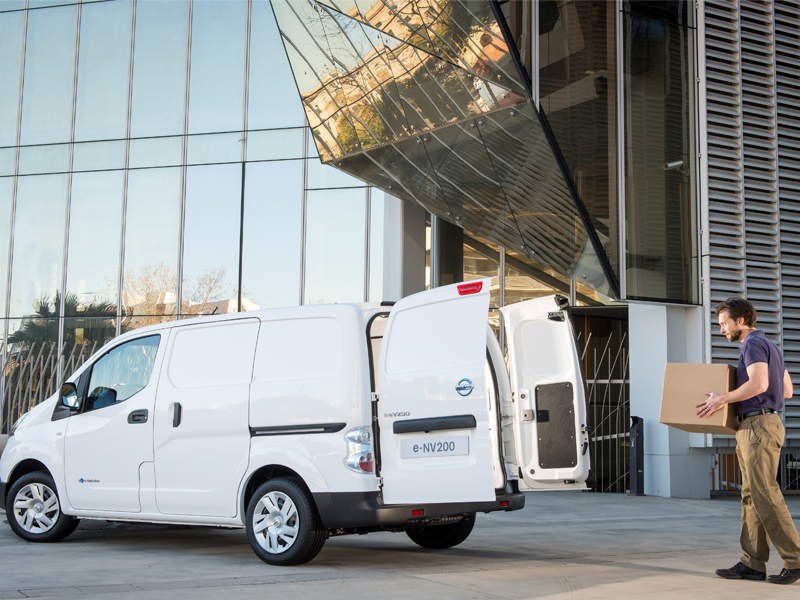The huge rise in demand for home delivery, often called ‘the last mile delivery’, continues to test the capabilities of retailers and logistics businesses alike. Tony English, CEO of Isotrak, analyses the market.
 How have these real-time challenges, particularly those created by increasing consumer demand for smaller, more precise delivery windows, impacted that section of transport industry? And if it becomes a significant trend in the B2B environment, what are the opportunities and challenges for fleet business owners?
How have these real-time challenges, particularly those created by increasing consumer demand for smaller, more precise delivery windows, impacted that section of transport industry? And if it becomes a significant trend in the B2B environment, what are the opportunities and challenges for fleet business owners?
The here and now
Looking at the current scenario, telematics software solutions have developed functionality to manage activities such as proof of delivery, client signature capture and real-time visual updates to confirm the exact delivery location of a parcel.
Many software solutions comprise of two components, for example a ‘front-facing’ mobile app for fleet drivers that enables them to view the deliveries they need to do for a particular day. Drivers can use the app to navigate to the destination, complete any workflow actions required for that delivery, capture proof of successful delivery, or exceptions upon an unsuccessful delivery.
The second component supports the back-end of delivery tasks, such as the customer service teams who receive and process the data captured by the drivers on the mobile app, including accurate GPS information for where the actions occurred, any signatures and images captured during the delivery, and the times that these events occurred. This allows for clear communication to customers of where their deliveries were completed, by whom they were received and at what time.
Challenges and opportunities
While these advances enable fleets to operate efficiently and transparently to the satisfaction of the end-consumer, the industry remains under pressure to further streamline operational efficiencies to reduce noise and air pollution, particularly in populated areas.
Unfortunately the increase in the popularity of online shopping and the ensuing home or office delivery only serves to exacerbate the problem. According to data published last year by the World Health Organisation (WHO), more than 80% of people living in urban areas that monitor air pollution are exposed to air quality levels that exceed WHO limits. In the UK, more than 40 towns and cities are breaching safe limits for air pollution, with Nottingham, London and Southampton named for having dangerously high levels.
Using electric vehicles, particularly in populated areas, would certainly be a viable solution, however there would be substantial cost implications for operators to invest in these types of fleet alternatives, which may impact end-consumers, at least initially.
Cost and efficiency
The most costly portion of the total delivery cost to a business comes from the last mile – sometimes up to 30%. When combined with increased expectations in terms of on-demand delivery, the strain on a company’s budget is considerable if not passed on to the consumer.
Shared last-mile deliveries have been successfully tested and offer very attractive solutions not only for reducing costs, but also minimising unnecessary competition, duplication and the carbon footprint. It is a business model that can easily be applied in either a consumer or a B2B environment.
Solutions of the future
Drones and autonomous vehicles have been proposed as last-mile delivery solutions of the future, able to navigate through urban areas (albeit slowly for safety reasons), choose routes that avoid causing congestion, and deliver parcels when and were needed.
Considering the rapid pace of technology these will eventually become reality. However in the more immediate future, businesses that use telematics as a means to become more operationally efficient and eliminate waste, as well as make fast, data-driven decisions to optimise driver and vehicle performance will be ahead of the pack in the race for last-mile delivery success.

